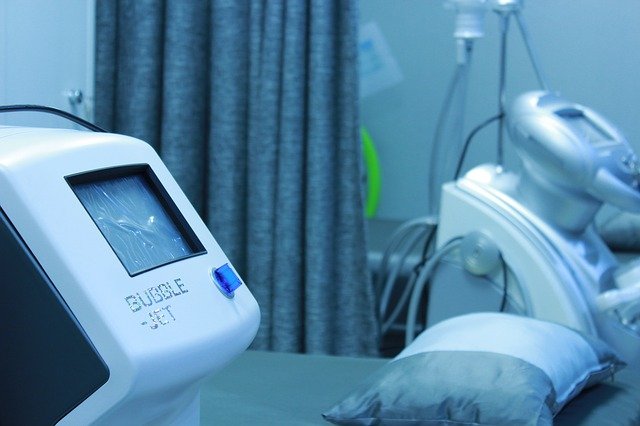Abstract:
Schizophrenia (SCZ) is a severe psychiatric disorder affecting 0.7% of the population [1]. When inadequately treated, subjects with SCZ experience symptoms that render them dysfunctional and unable to discern aspects of reality. Despite the fact that the majority of subjects with SCZ are sporadic cases and do not have a known family history of SCZ, a family history is one of the largest risk factors for developing SCZ [2–4]. A large genome-wide association study (GWAS) recently pinpointed 108 significant loci within the human genome that contribute to SCZ pathogenesis [5]. While some loci include genes that have been previously implicated in SCZ, the majority, due to the unbiased nature of the genetic investigation, include genes with unknown relevance to SCZ.
This investigation is based on the premise that: 1) at least one of the genes at the 108 loci contribute to SCZ etiology; 2) some of the genes contributing to SCZ etiology are in a common pathway; and 3) some genes in a common pathway will have correlated gene expression. Gene expression data available in the gene expression omnibus (GEO) was used to identify correlated expression among the 369 genes (853 isoforms) found at the 108 loci associated with SCZ. Expression data came from bone marrow CD34+ selected cells isolated from 66 individuals (GSE4619). First, correlation among genes related to the DRD2 pathway was analyzed to test the hypothesis that some SCZ genes are in a common pathway and have correlated expression. Then, two pathways were generated based on correlated expression of genes at the 108 loci. One pathway consisted of the largest number of genes with correlated expression (56) and included four genes from the DRD2 pathway and seven of the 33 genes that were previously implicated in SCZ. The second pathway, a novel pathway of 12 genes, was constructed by excluding both the 33 genes that were previously implicated in SCZ and other genes that exhibited significantly correlated expression with these 33 genes.
Correlated expression analysis among SCZ-associated genes at the 108 loci provides evidence implicating those genes with correlated expression in SCZ pathogenesis. In addition, these analyses will facilitate pathway identification creating starting points for targeted experiments to verify or refute the hypothetical pathways generated here. Ultimately identifying the genes and pathways at the 108 loci involved in SCZ genesis will inform novel pharmaceutical development for treatment and prevention of SCZ.
To Read Further & Download Article








